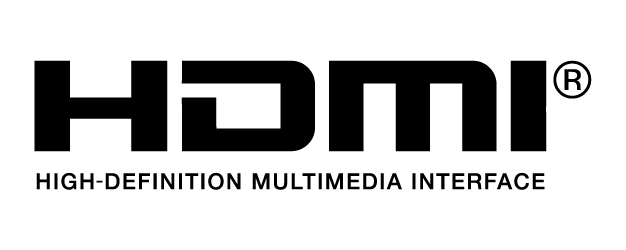Takeoff WeightMavic 3 Pro: 958 g
Mavic 3 Pro Cine: 963 g
DimensionsFolded (without propellers): 231.1×98×95.4 mm (L×W×H)
Unfolded (without propellers): 347.5×290.8×107.7 mm (L×W×H)
Max Ascent Speed8 m/s
Max Descent Speed6 m/s
Max Horizontal Speed (at sea level, no wind)21 m/s
Max Takeoff Altitude6000 m
Max Flight Time43 minutes
Measured in a controlled test environment. Specific test conditions are as follows: flying at a constant speed of 32.4 kph in a windless environment at sea level, with APAS off, AirSense off, camera parameters set to 1080p/24fps, video mode off, and from 100% battery level until 0%. Results may vary depending on the environment, actual use, and firmware version.
Max Hovering Time37 minutes
Measured in a controlled test environment. Specific test conditions are as follows: hovering in a windless environment at sea level, with APAS off, AirSense off, camera parameters set to 1080p/24fps, video mode off, and from 100% battery level until 0%. Results may vary depending on the environment, actual use, and firmware version.
Max Flight Distance28 km
The flight distance is different from the video transmission distance. The data was tested in a controlled environment, under the following specific test conditions: flying at a constant speed of 50.4 kph in a windless environment at sea level, with APAS off, AirSense off, camera parameters set to 1080p/24fps, video mode off, and from 100% battery level until 0%. Results may vary depending on the environment, actual use, and firmware version.
Max Wind Speed Resistance12 m/s
Max Pitch Angle35°
Operating Temperature-10° to 40° C (14° to 104° F)
Global Navigation Satellite SystemGPS + Galileo + BeiDou
Hovering Accuracy RangeVertical:
±0.1 m (with vision positioning)
±0.5 m (with satellite positioning)
Horizontal:
±0.3 m (with vision positioning)
±0.5 m (with satellite positioning)
Internal StorageMavic 3 Pro: 8 GB (approx. 7.9GB available space)
Mavic 3 Pro Cine: 1 TB (approx. 934.8GB available space)
ClassC2 (EU)
